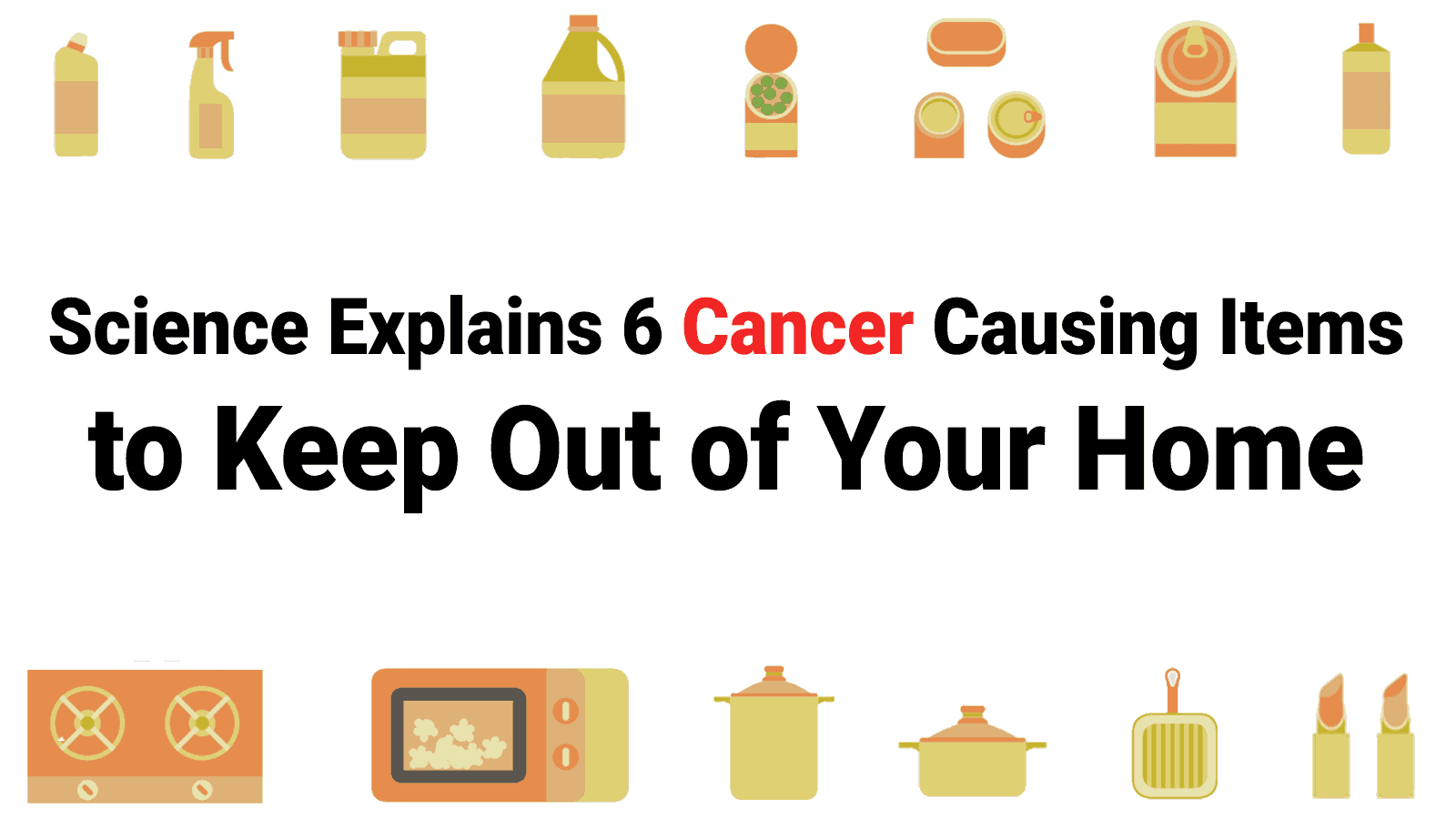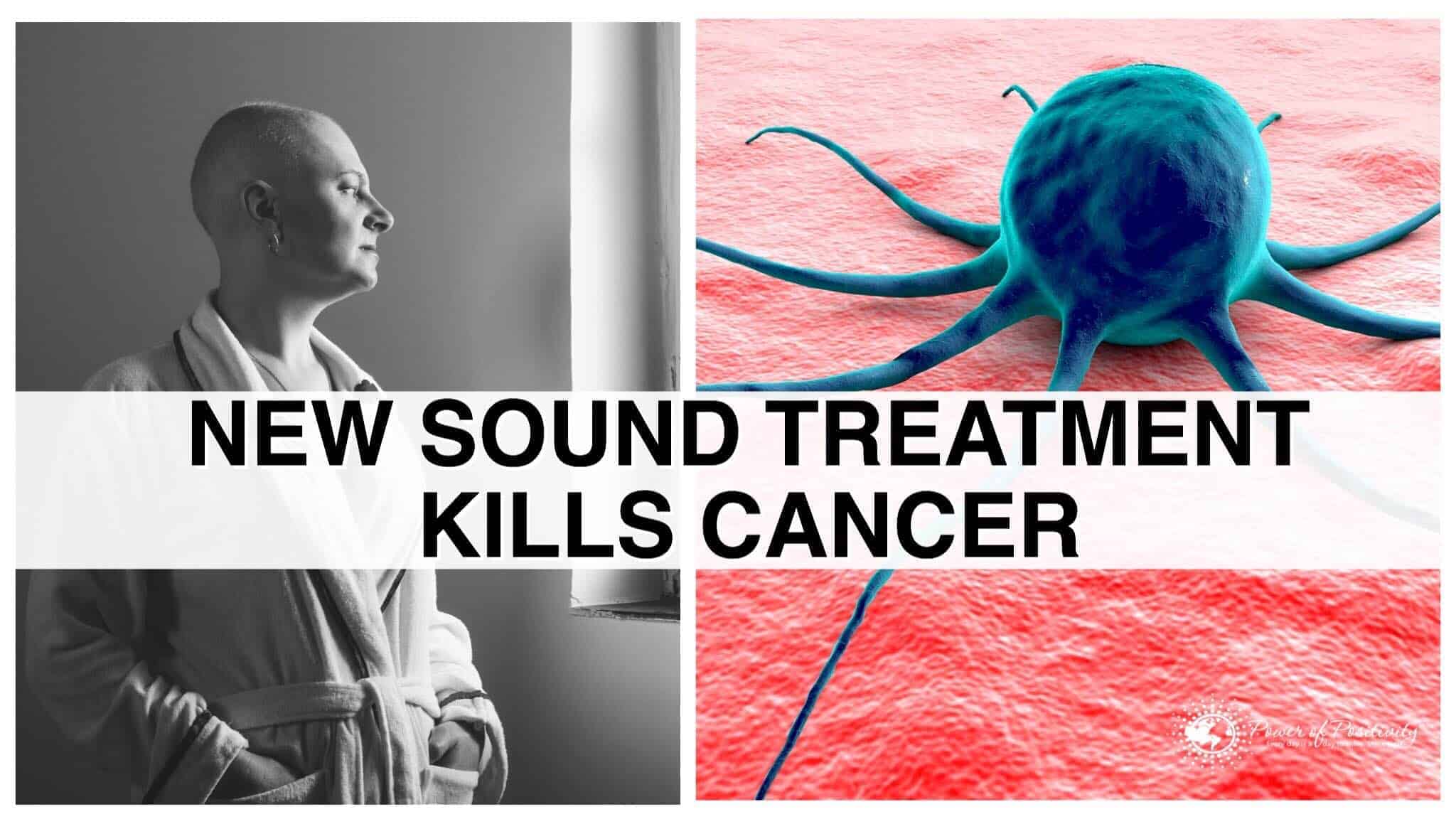In today’s hypochondria-prone society, we tend to scoff at articles that claim different products cause cancer. However, as unbelievable as it might be, we are surrounded by cancer-causing products every day. They hide in a variety of things around us, normally in forms we can’t quite discern.
It can be difficult to understand how you can protect yourself from dangerous household items in your own home. And, of course, a lot of other factors contribute to our risk factor of developing a cancerous growth. Things like general health, genetic predisposition, and quality of life are not to be ignored.
However, by taking some simple steps, you can eliminate most of the toxic products from your household. As a result, you can ensure more safety and peace of mind for both you and your family. Without further ado, here are some items in your household that may cause cancer.
Here Are 6 Cancer Causing Items to Keep Out of Your Home
“Prevention is a very important part of solving the problem of cancer.” – Eva Vertes
1. Granite countertops
It’s not so much about the countertop itself as it is for the radon, which is a toxic gas released from uranium decay. Normally, it only manifests in places where there is a high natural concentration of uranium; however, one study shows that there’s an intrinsic link between granite and radon too. Always make sure to double check whether the area you’re moving into has a history of high radon exposure; if you do decide to go for granite countertops, talk to your local authorities to get a radon testing for your home. Even though they might seem an innocent culprit, granite countertops and radon can be a silent killer over the years as the gas builds up in your system.
2. Air fresheners and scented candles
First of all, try to rely on fresh air for a nice-smelling home, rather than artificially scented products. Of course, we want our home to smell nice and feel comforting and welcoming to guests. However, you may want to look for natural solutions for good scents because air fresheners, scented candles, and incense may have toxic ingredients.
A study explains the dangerous effects of artificial scents on the body. Most scented products are made with “parfum”, an artificial scent that contains a cocktail of toxic ingredients. A lot of carcinogens hide under the “parfum” ingredient, therefore it’s always best to try and mix the ingredients for your air freshener yourself. Some scented natural oil and water will do the trick just fine. When it comes to candles, always rely on independent shops and vegan candles, as they are more organic and safer.
3. Common Shampoo
This is by far one of the most common items in anyone’s home that carry the risk of cancer. Many shampoos use parabens to make their product last longer, and parabens are a known carcinogen, connected to several types of cancer. In fact, according to a study, traces of parabens were found in over 99% of cancer patients, particularly those with breast cancer. Out of the normal high street brands of shampoo, Head & Shoulders is the biggest offender, with ingredients that you will find in cleaning products and paint stripper.
Always read the ingredients list of any shampoos or cosmetic products you buy. Things like SLS, fragrances, sulfates, and synthetic colors should immediately ring an alarm bell. If you can’t pronounce it, or you aren’t sure exactly what it is, it probably doesn’t belong in your hair!
4. Plastic bottles and containers
Reduce your use of plastic – and don’t do it just because it’s good for the environment! BPA is a synthetic estrogen found in many plastic products. It has direct links to cancer, as one study shows. It’s also incredibly harmful for pregnant women and their developing babies, so it’s best to get rid of it altogether.
Plastic bottles and plastic containers are the main culprits in BPA contamination. The most common way it enters our body is through our food, seeing as a lot of it comes in plastic containers. Besides, heat makes the process of chemical leakage even faster, and lots of us are in the habit of leaving plastic bottles in cars. Invest in a reusable water bottle that’s BPA-free. It’s hard to completely get rid of plastic in your life but every small choice for health will help.
5. Mainstream Cleaning products
According to a recent study, women who use cleaning products more often are at a much higher risk of breast cancer. The corporations that produce cleaning products work very hard to convince you that they’re safe; however, most cleaners are full of parfum, 2-BE, and coal tar dye. These not only increase your risk of cancer, but can also damage your liver, kidneys, and reproductive system. There are several brands that do offer all-natural, all-purpose cleaning products, so look out for these. And always read the ingredients list to know what you’re bringing into your home. Many of these products also have toxic fumes that your family and guests breathe in, so you aren’t the only one negatively affected by them.
6. Synthetic Toothpaste
As with many other household items, you don’t really know what synthetic materials go into toothpaste until you read the ingredients. A lot of the commercially available brands of toothpaste contain triclosan, also known as TCS, which has a proven link to cancer growth. What’s worse, triclosan doesn’t really aid the cleanliness of your teeth; it’s used more as a preservative. This also goes for other harmful ingredients in toothpaste, such as fluoride, which is known to have a build-up effect. Look for a natural toothpaste, and don’t skip on flossing either.
Final thoughts
The above are just a few items in your household that can increase your risk of cancer. Always be aware of what you’re bringing into your home and how it can put you or your family in danger. If there’s an item in the ingredients list you don’t understand, look it up. Don’t just chance your family’s health on it, because it can turn out to be toxic.
https://www.youtube.com/watch?v=KKB0jThAfnQ














 Community
Community

